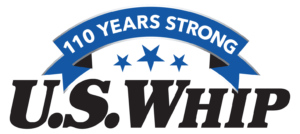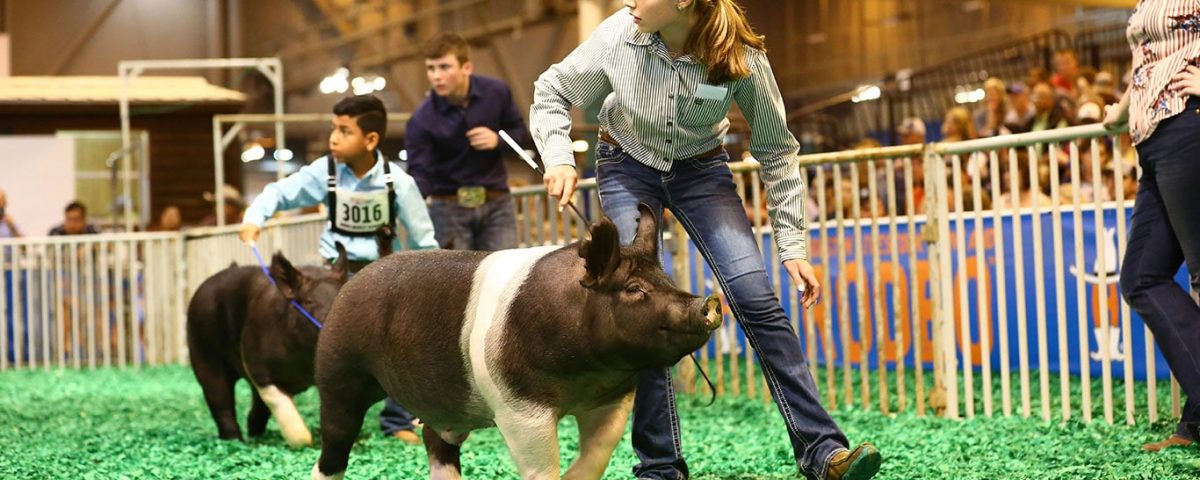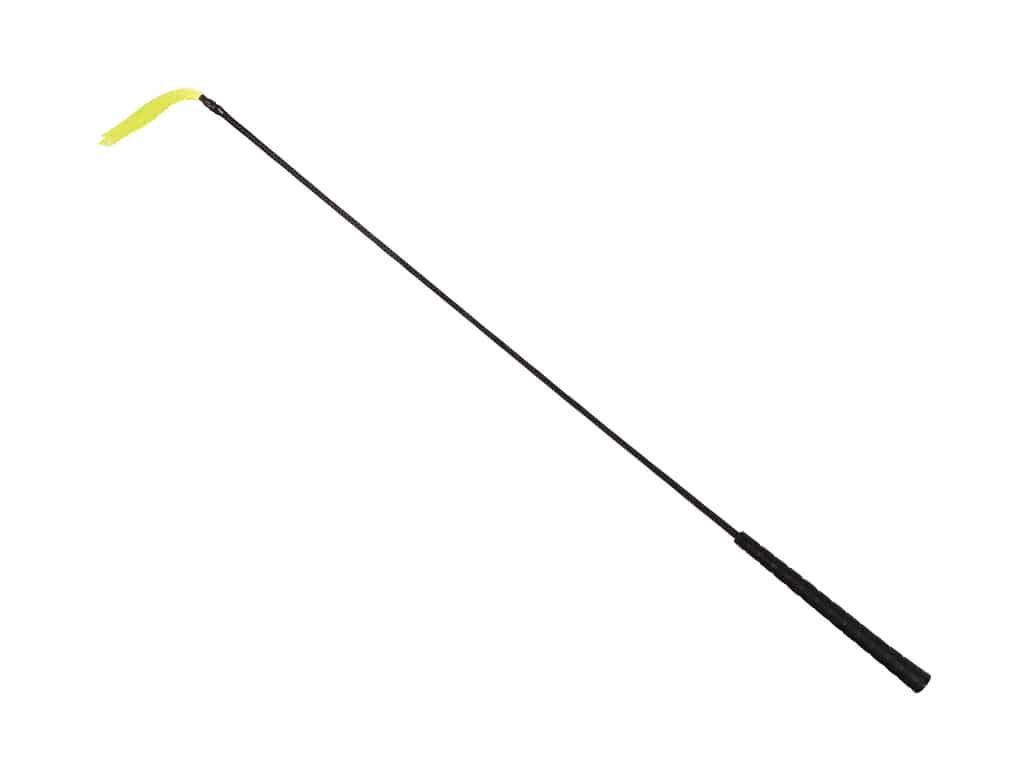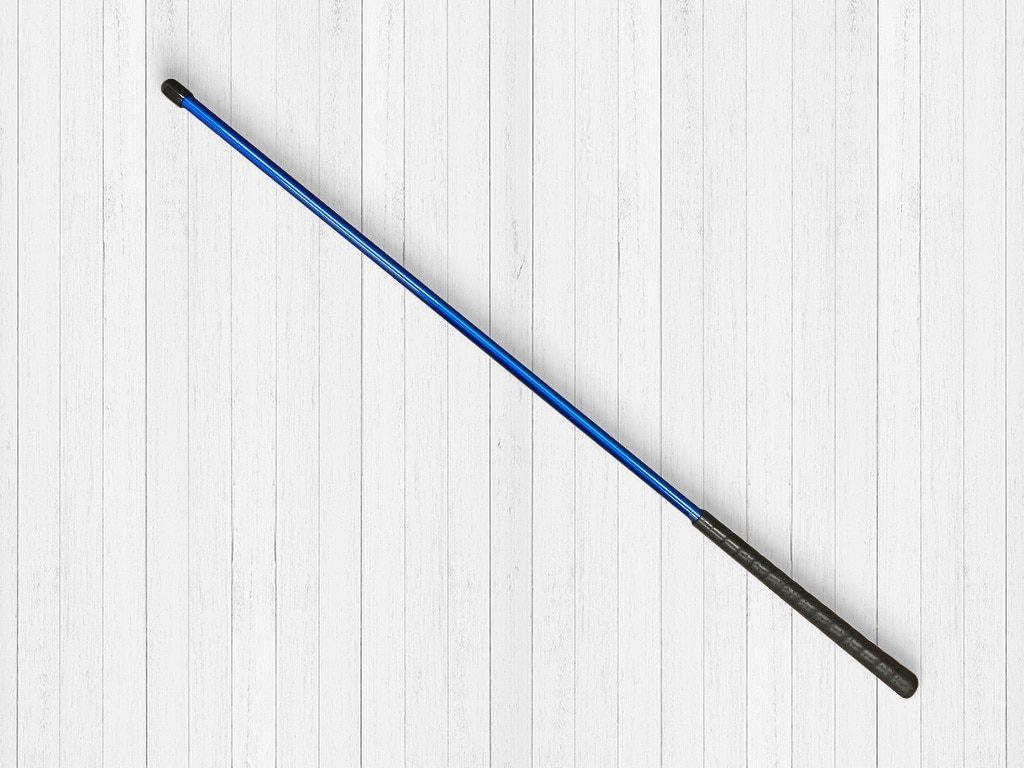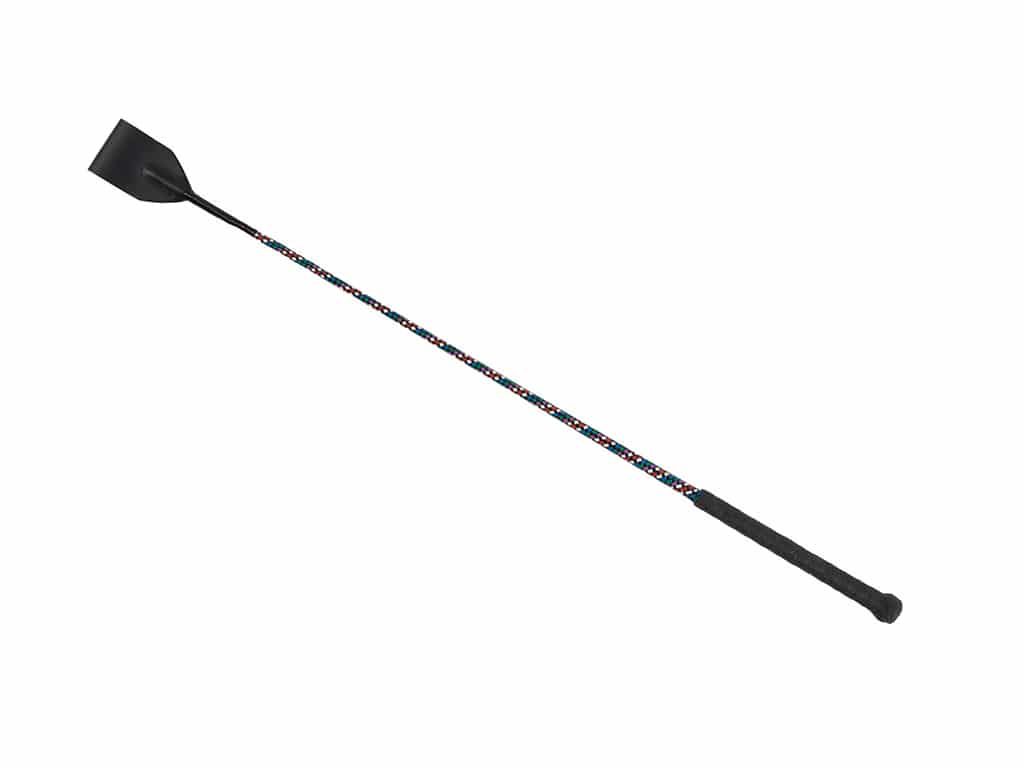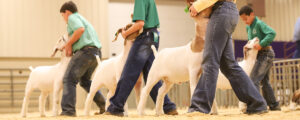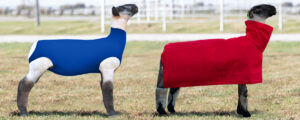Genetics, good management, and a healthy environment all play a key role in raising winning show pigs. Yet many people overlook an equally important aspect of show pig care: nutrition. Simply put, if you don’t feed your pig the right way, you don’t stand much of a chance at winning a livestock competition.
Many beginners overestimate just how easy it is to feed a show pig correctly. In fact, it takes just the right type of feed to raise a winner. If you would like to learn more about how to feed a successful show pig, keep reading. This article will provide a valuable introduction to three key aspects of optimizing your show pig’s diet.
Show Pig Nutrition
Pig rations supply five key nutrients: crude protein, metabolizable energy, minerals, vitamins, and water. Crude protein supplies the material your pig needs to build its body tissues. Hooves, skin, hair, internal organs, and muscle all require protein. Yet too much protein can prove detrimental, since excess protein will lead to the production of unwanted body fat.
Protein should make up between 18 and 22 percent of a pig’s rations. The exact proportion depends on where the pig is in its growth cycle. Generally speaking, younger pigs require more protein in order to fuel their body’s growth. As the pig ages, the protein level tapers off in favor of metabolizable energy, which helps to fill out the pig’s frame.
So just what is metabolizable energy? Metabolizable energy, or ME for short, encompasses two key nutrient groups: carbohydrates and fats. ME makes up the bulk of a pig’s feed, providing it the energy it needs to function on a day-to-day level. That said, you must be especially careful about the proportion of fat in the pig’s diet.
Too much fat will lead to an overweight, unhealthy pig — one that it unlikely to prove successful in competition. Generally, fat should make up between 3.5 and 6.5 percent of a pig’s diet. As with protein, the amount of fat in the diet should gradually decrease as the pig develops toward competition age.
Pig rations also contain key mineral like calcium, salt, iron, phosphorous, zinc, and copper, all of which play a vital role in bone growth and internal development. Likewise, vitamins boost growth and health. Pigs require many of the same vitamins as humans, including:
- Vitamin A
- Vitamin D
- Vitamin E
- Vitamin K
- Vitamin B12
- Biotin
- Folic acid
- Riboflavin
Finally, water is a vital factor in proper growth for a pig. Because pigs don’t sweat, they require water in order to keep cool. If a pig cannot regulate its water intake, it won’t eat correctly, and likely won’t live up to its full genetic potential. Make a point to check your pig’s water daily. A pig should always have free access to a fresh, cool, and abundant water supply.
Show Pig Supplements
In addition to correctly proportioned feed, many people choose to give their show pig select supplements to improve body condition. Body condition simply refers to the fat layer covering a pig’s musculature. Proper body condition lends a pig a healthy, vigorous appearance. Manufacturers often refer to body condition supplements as developers, or finishers.
Muscle and leanness supplements, by contrast, increase muscle mass. For the development of body and rib shape, consider using fiber and filler supplements. If your pig just doesn’t seem to have an appropriate appetite, you may want to try certain digestive health supplements. Finally, other supplements can improve a pig’s hooves and joints, allowing them to carry their weight more naturally.
Show Pig Diet Changes
As noted above, the feed you give your pig changes as it matures. Generally speaking, protein and fat ratios should decrease as your pig approach show age. Yet there is no set formula for such changes. Instead, you must respond to the growth patterns that you have observed in your pig.
Six months to seven months is considered the best age for a successful show pig. At that point, your pig should weigh between 230 and 270 lbs. If your pig has reached its target weight too quickly, you may need to limit its feed ration in the weeks prior to the show. Otherwise the pig may develop an unsightly degree of body fat.
Proper nutrition plays a huge role in determining how successful your pig will prove in competition. Use our tips as a jumping off point as you prepare for your next competition. Looking for stock show supplies? Our Show Pro line offers tools and accessories for your show pig.
